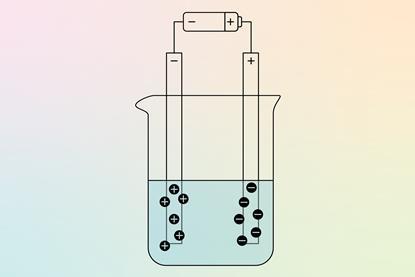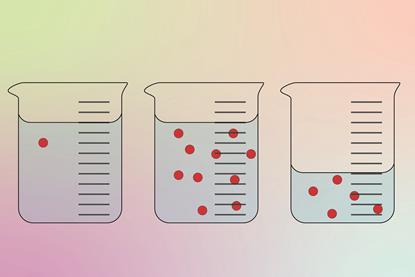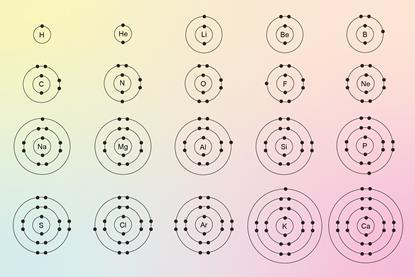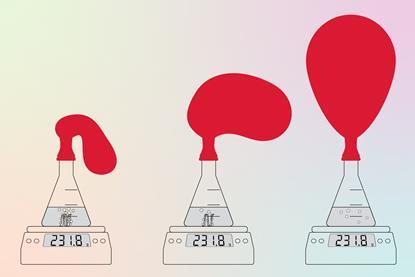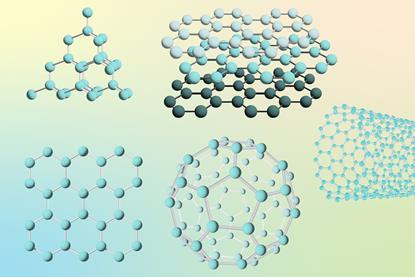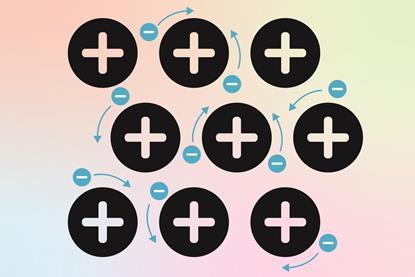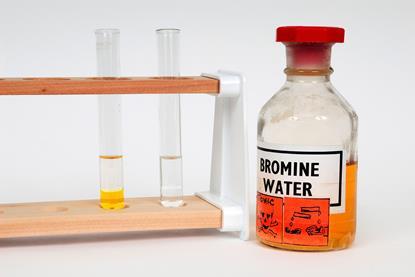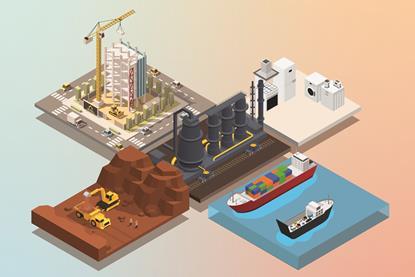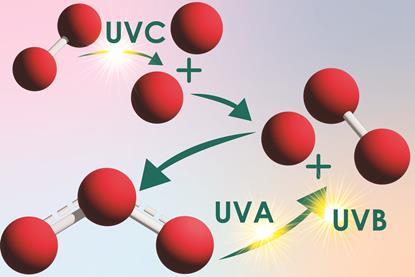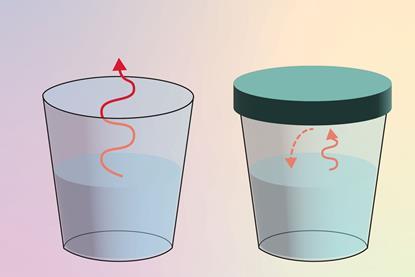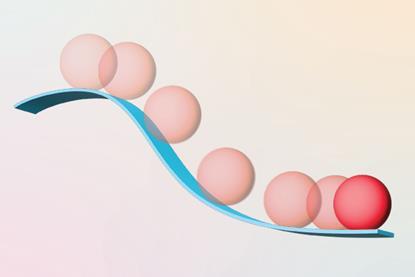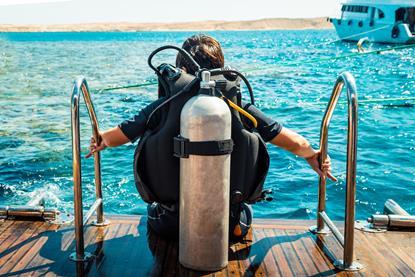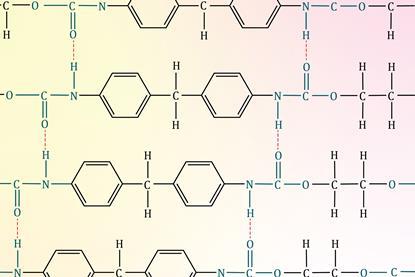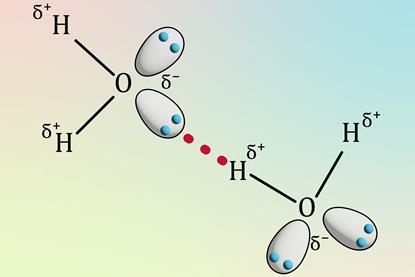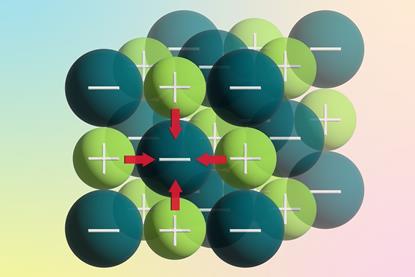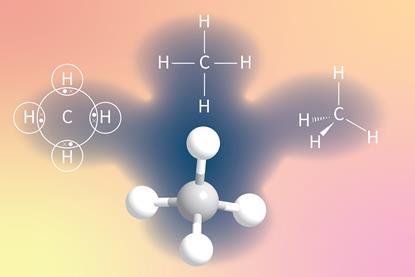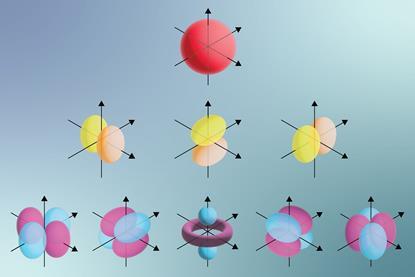Teaching 14–16 chemistry
Try these simple guides to teaching core topics and skills in chemistry with your students
Each article includes subject and pedagogical knowledge, a summary of what students need to know and common misconceptions. They also suggest strategies for your teaching practice and recommended resources.
Teaching alcohols at 14–16
Help students understand alcohols and their reactions
Teach electrolysis at 14–16
Encourage learners to be positive about electrolysis
Teaching rates of reaction and collision theory at 14–16
Help students tackle the topic of collision theory head on with these teaching strategies
How to teach solubility at 14–16
Concentrate learners’ minds on the key aspects of solutions
How to teach atomic structure at 14–16
Strengthen your students’ grasp of the atom and electronic configurations with these models and strategies
Teaching conservation of mass at 14–16
Help learners master the concept of conservation of mass with these hands-on teaching ideas
How to teach structure and bonding of carbon at 14–16
Secure your learners’ understanding of this core topic with these teaching ideas
Teaching structure and bonding in metals at 14–16
Help your learners to master the fundamentals of metallic bonding
Everything you need to introduce alkenes
Help your 14–16 learners to master the fundamentals of the reactions of alkenes with these ideas and activities
How to teach extraction of metals at 14–16
Solidify learners’ understanding of extraction processes with these tips, misconception busters and teaching ideas
How to teach atmospheric chemistry at 14–16
Use these guiding questions to guarantee student understanding of this tricky topic
How to teach equilibrium constants at 14–16
Use these strategies to connect 14–16 and post-16 study when teaching this topic, and cover all the essentials so students master it
How to teach reversible reactions and equilibrium at 14–16
Use these tips and teaching ideas to secure student understanding when teaching this tricky topic
Everything you need to teach energetics at 14–16
Use these ideas to help students understand the world of energetics, enthalpy and equilibrium
How to teach gases at 14–16
Use these classroom activities and tips to boost your students’ understanding of quantitative chemistry
Everything you need to teach polymers at 14−16
Sharpen your teaching of polymers with these classroom ideas, activities and resources
How to teach intermolecular forces at 14–16
Use these ideas to help your students master this challenging topic and gain a deeper understanding of the forces at play
How to teach ionic bonding at 14–16
Steer students away from ionic bonding misconceptions with these ideas for your classroom
How to teach covalent bonding
Everything you need to teach 14–16 chemistry students this topic
Use post-16 atomic models to inform 14–16 understanding
It’ll help minimise unhelpful misconceptions too
Articles
Teaching alcohols at 14–16
Help students understand alcohols and their reactions
Teach electrolysis at 14–16
Encourage learners to be positive about electrolysis
Teaching rates of reaction and collision theory at 14–16
Help students tackle the topic of collision theory head on with these teaching strategies
How to teach solubility at 14–16
Concentrate learners’ minds on the key aspects of solutions
How to teach atomic structure at 14–16
Strengthen your students’ grasp of the atom and electronic configurations with these models and strategies
Teaching conservation of mass at 14–16
Help learners master the concept of conservation of mass with these hands-on teaching ideas
How to teach structure and bonding of carbon at 14–16
Secure your learners’ understanding of this core topic with these teaching ideas
Teaching structure and bonding in metals at 14–16
Help your learners to master the fundamentals of metallic bonding
Everything you need to introduce alkenes
Help your 14–16 learners to master the fundamentals of the reactions of alkenes with these ideas and activities
How to teach extraction of metals at 14–16
Solidify learners’ understanding of extraction processes with these tips, misconception busters and teaching ideas
How to teach atmospheric chemistry at 14–16
Use these guiding questions to guarantee student understanding of this tricky topic
How to teach equilibrium constants at 14–16
Use these strategies to connect 14–16 and post-16 study when teaching this topic, and cover all the essentials so students master it
How to teach reversible reactions and equilibrium at 14–16
Use these tips and teaching ideas to secure student understanding when teaching this tricky topic
Everything you need to teach energetics at 14–16
Use these ideas to help students understand the world of energetics, enthalpy and equilibrium
How to teach gases at 14–16
Use these classroom activities and tips to boost your students’ understanding of quantitative chemistry
Everything you need to teach polymers at 14−16
Sharpen your teaching of polymers with these classroom ideas, activities and resources
How to teach intermolecular forces at 14–16
Use these ideas to help your students master this challenging topic and gain a deeper understanding of the forces at play
How to teach ionic bonding at 14–16
Steer students away from ionic bonding misconceptions with these ideas for your classroom
How to teach covalent bonding
Everything you need to teach 14–16 chemistry students this topic
Use post-16 atomic models to inform 14–16 understanding
It’ll help minimise unhelpful misconceptions too




